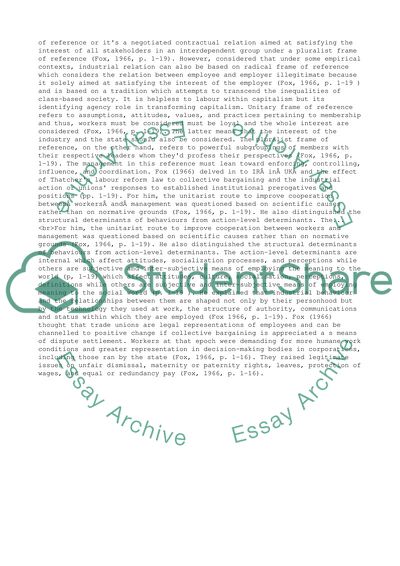Cite this document
(“Where there is discord, let there be harmony by Thatcher Essay”, n.d.)
Where there is discord, let there be harmony by Thatcher Essay. Retrieved from https://studentshare.org/business/1462110-where-there-is-discord-let-there-be-harmony
Where there is discord, let there be harmony by Thatcher Essay. Retrieved from https://studentshare.org/business/1462110-where-there-is-discord-let-there-be-harmony
(Where There Is Discord, Let There Be Harmony by Thatcher Essay)
Where There Is Discord, Let There Be Harmony by Thatcher Essay. https://studentshare.org/business/1462110-where-there-is-discord-let-there-be-harmony.
Where There Is Discord, Let There Be Harmony by Thatcher Essay. https://studentshare.org/business/1462110-where-there-is-discord-let-there-be-harmony.
“Where There Is Discord, Let There Be Harmony by Thatcher Essay”, n.d. https://studentshare.org/business/1462110-where-there-is-discord-let-there-be-harmony.


